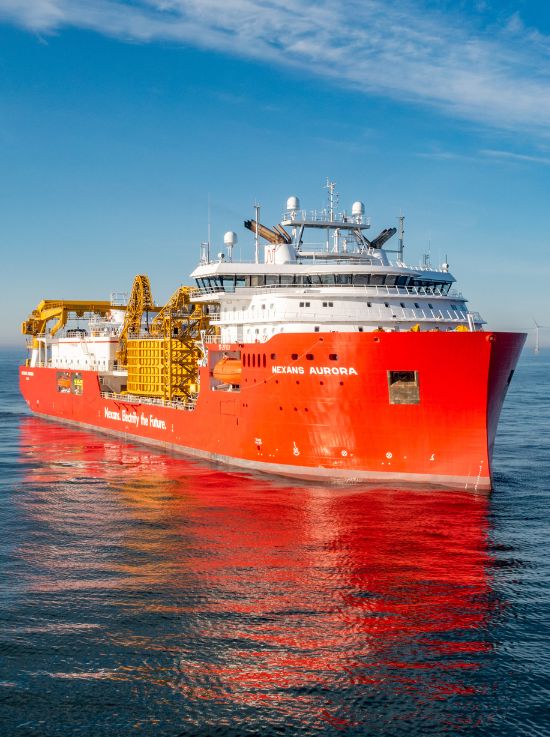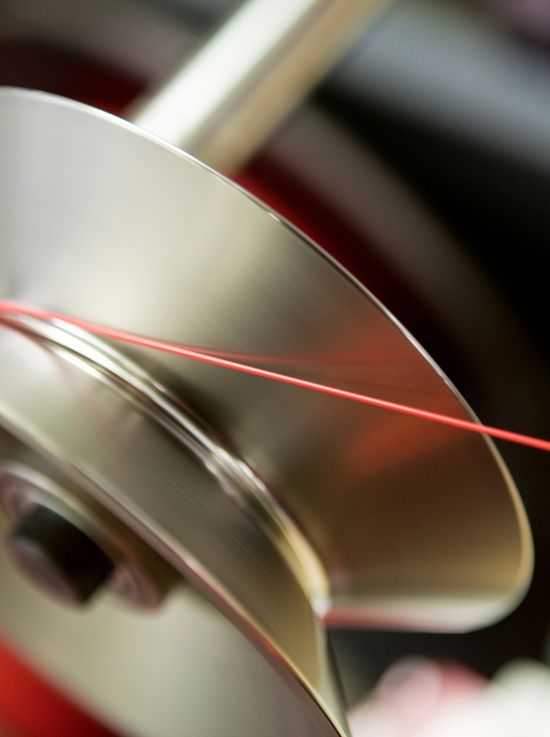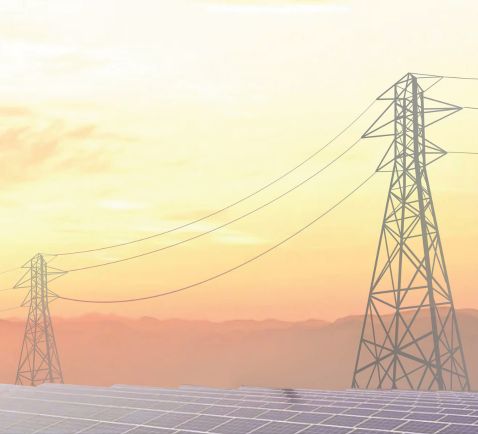Aerospace industry

Cables for the aerospace industry: light, efficient and strong
The energy transition has thrown up a number of challenges that the aerospace sector cannot resolve in the short term. Innovation could help it to deploy more sustainable mobility solutions and reduce its CO2 emissions. The propulsion systems used by aircraft need to change. Our cables are designed specifically for the aerospace industry. They already factor in future developments, ensuring that the aircraft of the future will have the cables they need.
Challenges facing the aerospace industry
To follow the pathway set out in the Science Based Targets initiative (SBTi), the aerospace industry needs to take steps to decarbonize its activities. The aviation sector accounted for around 2% of global CO2 emissions in 2022. To reduce its fuel consumption, it will need to implement new propulsion technologies as part of a shift towards hybrid electric aircraft.
Future growth in this sector will therefore depend primarily on its ability to innovate, particularly in clean technologies. Biofuels, electric power and sustainable manufacturing are just a few of the opportunities to be explored by the aerospace industry. The coming decades will be decisive, since fleet development and renewal will depend primarily on technological expertise.
Nexans supports its industrial customers with proven, reliable solutions. We guarantee long-term stability in supplies. We also have advanced capabilities in the design and testing of wires, cables and conductors. To address the problems faced by the aerospace sector, our R&D division is developing solutions based on cutting-edge technology to facilitate the energy transition.
We can meet most of the needs of the aerospace sector and plan ahead for future developments. We have a solution for every application: from airframe wires and cables, to fire-zone and high-temperature cables, from power feeders to coax, databus, quad Ethernet, and optical fiber for IFE and sub-systems.
Evidence
90%: As part of the “Clean Aviation” program, we are playing an important role in helping industry players cut their emissions by up to 90%, depending on the type of aircraft.
Nexans solutions
- Develop a new range of high-voltage cables specifically for the aerospace sector. Delivering more power for the same weight and diameter, these cables are designed for electric and hybrid aircraft, as well as for electric vertical take-off and landing (e-VTOL) vehicles.
- Design lighter cables to meet the needs of each aircraft with no trade-off in safety, strength, performance or in-flight reliability. Our cables are designed to withstand abrasion, electric arcs, fire, fluids, high temperatures and strong vibrations.
- Comply with the most stringent international standards.
- Deliver customized solutions and services.
Nexans is applying its expertise to the development of multiple new-generation electrical technologies that are an integral part of sustainable flight. We are developing high-voltage cables to pave the way for the reduction of carbon emissions across the sector.

Aerospace Technical Director, Nexans
Our objectives
- Remain at the cutting edge of technology to make a significant contribution to the decarbonization of the aerospace industry.
- Continuously improve user safety.
- Reduce the risk of fire and toxicity.
- Help aircraft manufacturers meet their targets in terms of energy efficiency and emissions.
Frequently asked questions about the aerospace industry







